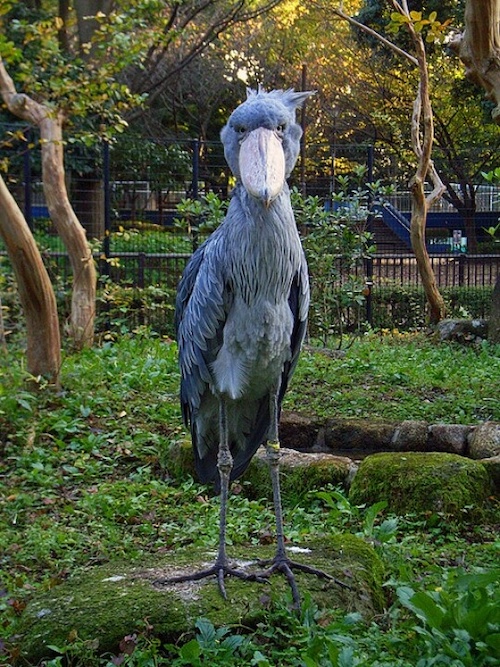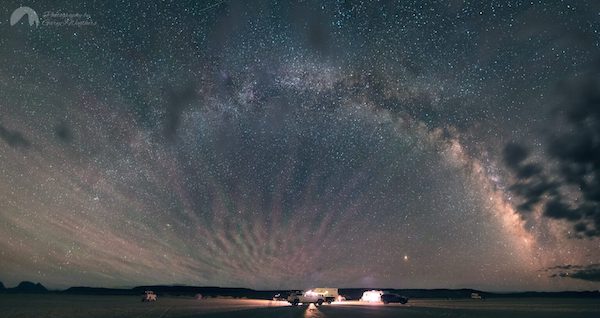

(quote)
Texas is globally important for birds.
Approximately 1 of every 3 birds migrating through the U.S. in spring, and 1 of every 4 birds migrating through the U.S. in the fall, or nearly two billion birds, passes through Texas in one of the planet’s great wildlife spectacles.
Majority of North American birds migrating travel at night! Unfortunately, light emanating from our cities can disorient birds, leaving them confused and vulnerable to urban threats like collisions with buildings. In fact, between one hundred million and one billion birds die every year in collisions with manmade structures – one of the biggest killers of migratory birds.
Lights Out, Texas! is a campaign of education, awareness, and action that focuses on protecting the billions of migratory birds traveling through Texas.
About two billion birds fly through Texas in the spring – and lit-up buildings pose a deadly risk. Turning out the lights at night could save countless fatal collisions.
It was a foggy Thursday morning when animal services supervisor Josh Henderson received news of a mass mortality. On May 4, 2017, 395 migratory birds died after smashing into one office tower in Galveston, Texas. Henderson rushed to the scene to witness the gruesome spectrum of feathers from yellow and orange to blue and grey of the lifeless small-featured bodies. “It was awe-inspiring and tragic,” says Henderson, who is now the executive director of the Humane Society in Galveston.
The first Lights Out for Birds programme was formed soon after in the Houston area, which has now expanded into the statewide “Lights Out, Texas!” effort with Audubon Texas.
Around the same time as the Galveston bird crash, the Cornell Lab of Ornithology developed a way to forecast bird migration during specific times and locations, using radar. The resulting BirdCast migration forecast maps are freely accessible. Their live migration map allows anyone to check how many birds are migrating now, and where, as well as how many are predicted to pass in the near future. For one night in October, they recorded a “billion bird night”, with that number or more birds passing in a single night.
(unquote)
Image courtesy Richard Gray / Audubon Photography Awards and Richard Gray / Audubon Photography Awards






